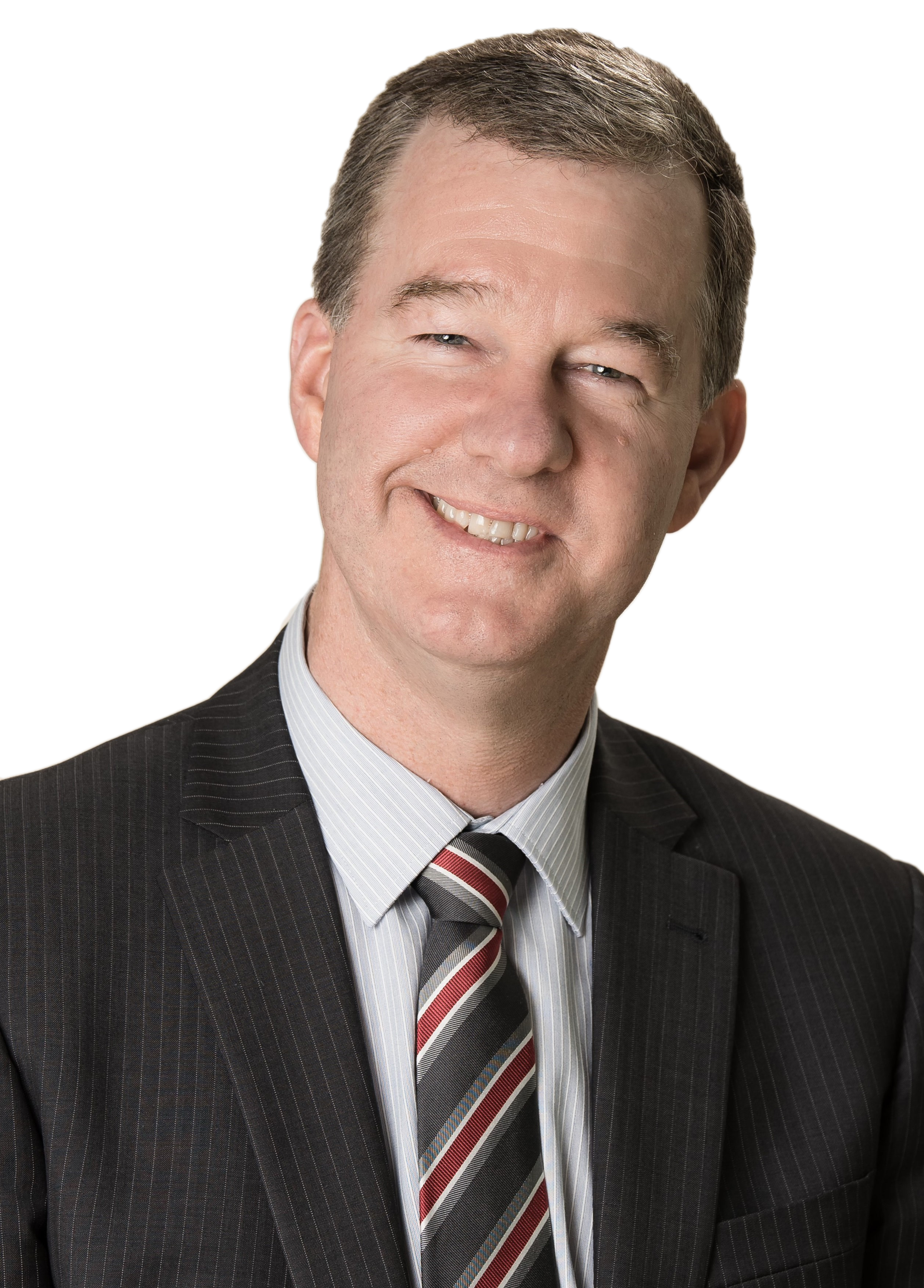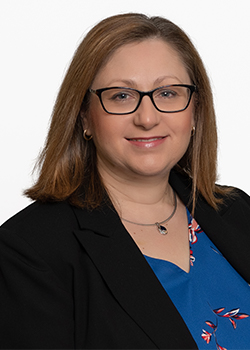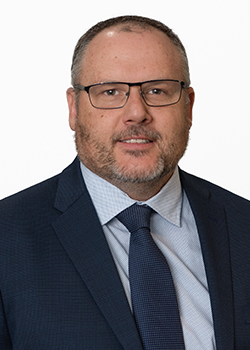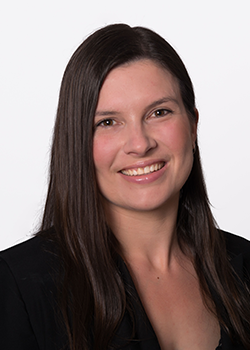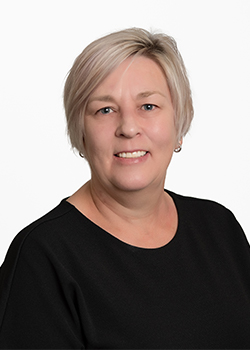When to be proactive about your portfolio

.
It’s been a turbulent year-to-date on global share markets.
Over the first six months of 2022, the Australian share market has fallen around 14 per cent.
The performance of international markets has been even worse, with inflationary fears, rising interest rates, and geopolitical concerns continuing to drive investor sentiment.
In fact, the U.S. market is now down more than 20 per cent from its January start, and key markets across Europe, Asia, South America, and Africa are also sharply lower.
And what’s occurred so far this year is a timely reminder that while you can’t control what happens on investment markets, you should always maintain control of your asset allocation strategy.
That means being actively engaged in your investments and having a sound strategy that forms the backdrop for all your investing decisions.
Review your portfolio
The mid-year point is an opportune time to take stock of your investment holdings – but reviewing your portfolio should really be an ongoing exercise.
It’s particularly important to ensure your holdings remain aligned with your investing strategy, your tolerance for investment risk, and your long-term goals.
The broad downturns on share markets this year may have caused some portfolio drift, depending on the structure of your investments.
What does portfolio drift mean? Quite literally, it occurs whenever your investments gain or lose value because of market movements.
Over time, and especially during periods of greater volatility, portfolio drift can cause your intended allocation to specific asset classes to move out of alignment.
As a practical example, let’s say you had an equal amount of your money invested into shares and bonds at the start of 2022.
A 50:50 split between different assets is commonly known in investing as a balanced asset allocation strategy.
Due to the recent falls on investment markets, your 50:50 assets split in January will likely have changed. It may now be closer to a 60:40 split.
What can you do?
If the structure of your investment portfolio has moved significantly out alignment with your intended strategy, you may need to undertake some rebalancing.
Rebalancing is really about making adjustments to bring your portfolio back into line with your strategy.
You have a couple of rebalancing options if you’re a DIY investor.
- If you need to, you can sell assets in your portfolio and then use the proceeds to top up your allocation to other assets that have fallen in value or experienced a lower rate of growth.
- Or you can simply add more money into assets that have fallen in value while retaining your dollar exposure to the other assets in your portfolio.
There is another option, which does all the heavy lifting for you.
That is to invest into diversified (or multi-asset) managed funds or exchange traded funds (ETFs), which have set percentage weightings to different assets.
Professional portfolio managers rebalance these funds whenever their set investment allocation moves out of alignment, based on set tolerance levels.
Multi-asset funds are essentially ready-made portfolios, which enable investors to select higher or lower exposures to shares, bonds, and cash, depending on their appetite for risk.
But there’s a key difference between how professional portfolio managers can readily rebalance a portfolio versus the average DIY investor.
Generally, rather than having to sell assets to keep their portfolio aligned, a portfolio manager will use cash inflows to buy additional assets.
This minimises turnover in a fund’s portfolio and greatly reduces the need to realise any capital gains.
On the other hand, DIY investors choosing to sell assets to top up others will invariably trigger a capital gains tax event.
DIY investors also don’t have the benefit of daily cash flows into their portfolio to top up underweight assets.
Staying balanced
Whether you leave it to the experts, or do it yourself, there are clear benefits in avoiding portfolio drift as much as possible.
A hands-off, set and forget approach to investing may sound good in theory, but it doesn’t really stack up in practice.
Rebalancing your asset mix keeps you aligned to your chosen investment strategy, based around your risk tolerance.
Ignoring portfolio drift can be detrimental over time. As well as drifting off your chosen investment course, you could also find yourself being exposed to unintended investment risks.
By Tony Kaye, Senior Personal Finance Writer, Vanguard Australia
vanguard.com.au

